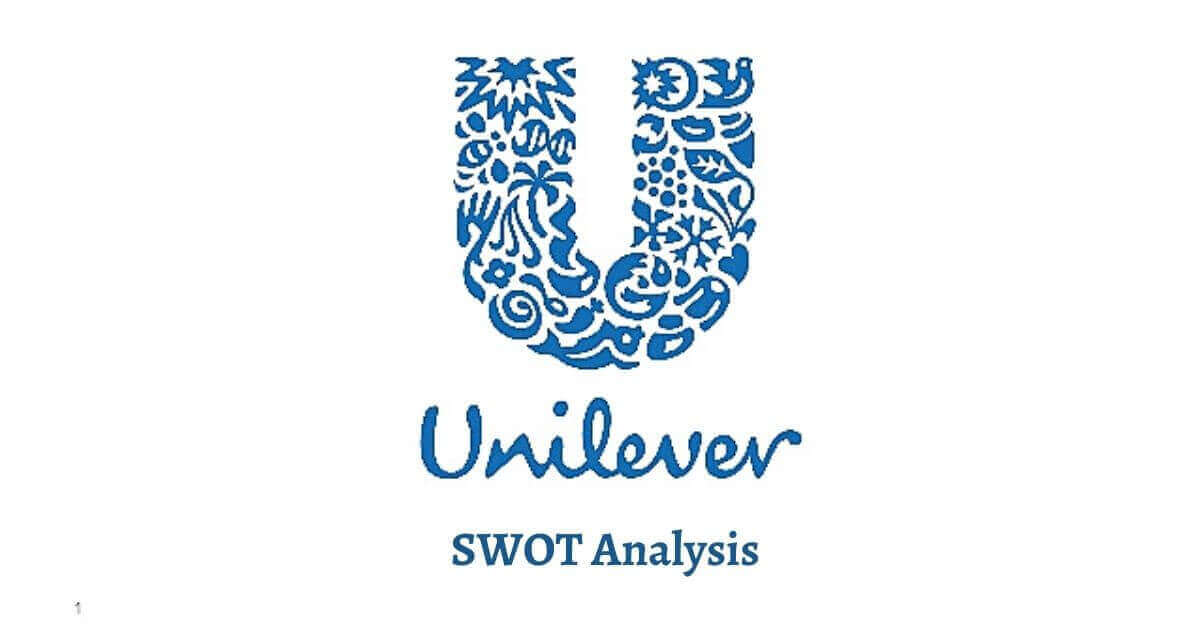Dyson is a British technology company based in Singapore. James Dyson founded the technology company in 1991. Today, we’ll discuss the SWOT analysis of Dyson; it outlines strengths and weaknesses; opportunities, and threats that the company has to face; as a business strategy analysis example company.
Products and services portfolio of Dyson
- Luminaries
- LED
- Hair dryers
- Air purifier
- Desk fans
- Hand dryer
- Vacuum cleaner
- Bladeless fan
- Heather
- Household appliances
Industry-Focused Area of Dyson
- Household Appliances
Statistical facts and figures of Dyson
- Network:2 stores
- Annual revenue: 6.5 billion British Pounds (2022)
- Employees: 14000
Competitors of Dyson
- Whirpool
- iRobot
- Tineco
- Electrolux
- Bissell Icon V25
- Bosch
- Samsung Electronics
The SWOT analysis of Dyson would analyze the internal strengths and weaknesses of the company; and external opportunities and threats that the brand has to face. Here’s Dyson SWOT analysis as a business strategy analysis example company as follows;
Strengths of Dyson
Some of the main internal strengths in the Dyson SWOT analysis example company as business strategy analysis are as follows;
Network
Dyson has established a very large distribution network; it has allowed the company to deliver its household products and goods in various countries and regions across the world. The technology brand recently opened up 2 stores, and other stores the company would open up later.
Portfolio
Dyson has developed a well-diversified product portfolio. It consists of a wide range of household products and goods for customers; heaters, vacuum cleaners, luminaries, LED, hand dryers, and others. The large and diversified product portfolio helps the company to target various segments of the customer market and increases its sales.
Innovation & Quality
Dyson focuses on producing innovative and top-quality household appliances and products for customers. The technology brand carefully designs and produces its products by putting a lot of emphasis on innovation and quality.
James Dyson Foundation
Dyson has established the James Dyson Foundation which focuses on promoting innovation and technology among young students who want to pursue careers in engineering. It shows the company’s strong commitment to the innovation and technology by investing back into the society. It conducts workshops and seminars in various schools and colleges to attract the attention of young students.
R&D
Dyson is a technology company and the brand invests a significant amount of capital resources on research and development. It allows the company to develop the latest technologically advanced household appliances and other products for customers. As a result,
Weaknesses of Dyson
Some of the main internal weaknesses in the Dyson SWOT analysis example company as business strategy analysis are as follows;
Expensive
The household products and appliances of Dyson are more expensive and costlier than another competitive brands. It is not a good competitive position for the company; customers could easily switch from one brand to the other without incurring any cost.
Washing Machine Failure
After the successful launch of the vacuum cleaner; Dyson also launched an innovative technology washing machine for customers. It failed very badly in the market and the company couldn’t win the market share. These types of failed initiatives and projects are highly expensive to the company.
Opportunities for Dyson
Some of the main available opportunities in the Dyson SWOT analysis example company as business strategy analysis are as follows;
Market Expansion
Dyson should expand its customers market into new regions, markets, and countries across the globe. The global market holds a great growth potential for technology and household products and goods. Market expansion would help the company to increase its network and sales.
Portfolio Expansion
Along with market expansion, Dyson should expand its product portfolio by launching innovative household appliances and technology products for customers. It allows the company to target new segments of the customer’s market with the latest and innovative products and goods.
Strategic Alliance
Dyson should develop strategic alliances and partnerships with other technology and household manufacturing brands. It allows the company to develop new products and goods for customers and achieve a competitive edge in the market.
Threats to Dyson
Some of the main potential threats in the Dyson SWOT analysis example company as business strategy analysis are as follows;
Competitors
Dyson is facing tough competition from other competitive brands like Tineco, iRobot, and Whirpool. They all have established a strong market share and a very loyal database of customers; their market presence is negatively impacting the sales and profitability of the technology brand.
Regulations
Dyson should comply with government regulations, patents, and trademarks. Any type of patent and trademark violation would attract expensive lawsuits and heavy fines and penalties for the company.
Conclusion: Dyson SWOT Analysis Example Company |SWOT Analysis of Dyson |Business Strategy Analysis
After an in-depth study of the swot analysis of Dyson; we have realized that Dyson is the world’s leading technology and household appliances manufacturing brand. If you are learning about Dyson SWOT analysis example company; then you should keep in mind the abovementioned internal strengths and weaknesses; external opportunities and threats as brand strategy analysis.
References

Ahsan Ali Shaw is an accomplished Business Writer, Analyst, and Public Speaker. Other than that, he’s a fun loving person.


